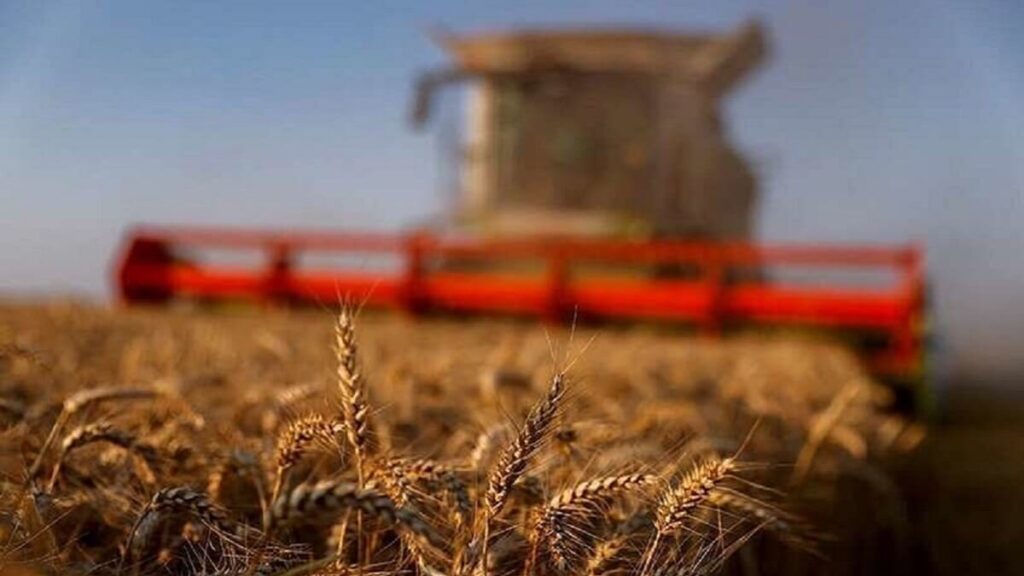Read in
The main crops harvested in the Moroccan kingdom are cereals, which make up 55% of the cultivated area. Staple vegetables and fruits also form a fundamental part of Morocco’s economy and agricultural sector, as much of their production is exported. Exports of vegetables and fruits exceeded 80 billion dirhams (around 7.8 billion dollars).
According to data from the Ministry of Agriculture, Maritime Fisheries, Rural Development and Water and Forestry, cereal production has been reduced by 67% by 2021-2022. Since grain crops are highly dependent on rainfall, grain production does not meet the country’s needs, forcing it to import. About 50 million tonnes were imported last year. The cost of these imports cost the Moroccan government more than 25 billion dirhams (about $2.5 billion).
Drought seasons and climatic fluctuations also severely affect the agricultural sector. To make up for the shortage of meat and reduce prices on the local market, Morocco has imported around 20,000 head of cattle from Brazil in the last two months. The Moroccan population perceived this need for imports as a threat to food security.

Due to the bad weather and cold weather that affected Europe this winter, the export of basic vegetables and fruits has affected market prices, thus making Moroccan exports richer. But this is due to a momentary and circumstantial situation.
Mohamed Sadiki, Morocco’s Minister of Agriculture, has announced the start of the implementation of a programme to support farmers with a budget of 10 billion dirhams, a subsidy of imported fodder for the use of livestock and poultry, and the subsidy of agricultural raw materials, in order to “reduce the cost of production of a group of vegetables and fruits”.
To combat drought and reduce its effects, Morocco has approved a drinking water supply programme with investments amounting to $12 billion. It also aims to have 20 desalination plants in operation by 2030, with the aim of using part of the water produced to irrigate crops.

As a continuation of the so-called “Green Morocco” plan, launched in 2008, the Alawi kingdom has published a new strategy, “Green Generation 2020-2030” in which the government states: “Consider the human element as a priority in any development related to the agricultural sector, while the second relates to continuing the dynamism of agricultural development and focusing on its modernisation. As well as creating a new generation of “young entrepreneurs” in the agricultural sector”. To which they also add the importance of establishing the modernisation and diversification of rural Morocco. This plan will also aim to develop crops that do not need as much irrigation water, such as almond and olive trees, in order to adapt to existing and future droughts. This new project is expected to improve on the objectives of the previous “Green Morocco” project.
In support of the “Green Generation” plan, the European Commission has adopted a new €115 million programme, “Terra Verte”, which aims to “support sustainable agricultural value chains, the protection and management of forestry, and job creation and social inclusion in both sectors”.



